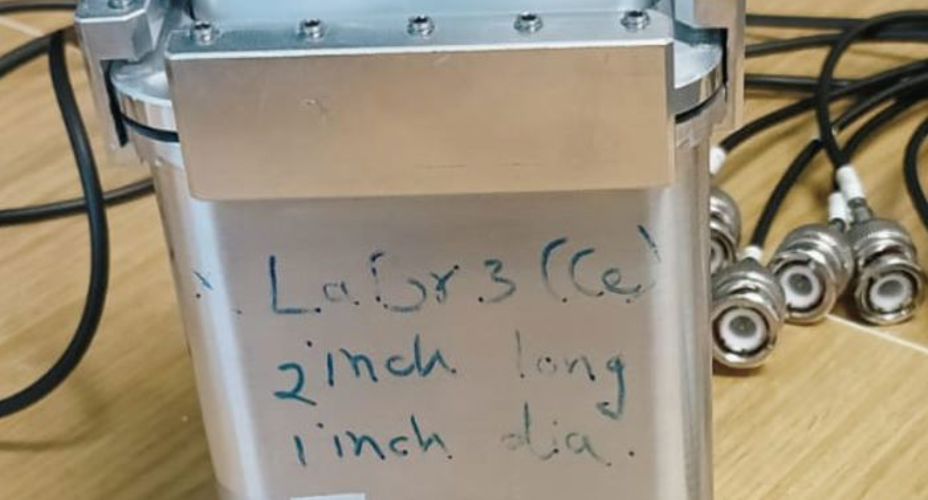6 days ago
A cutting-edge radiation detector module for nuclear experiments has been developed by staff and students at the University of the West of Scotland (UWS) that will be deployed at the world’s top laboratories.
The detection module, which can be used for nuclear experiments, will have far-reaching impact on the areas where radiation detection is required. In particular, the device and its related research would be beneficial in the UK’s forecasted need for a workforce trained in nuclear energy.
The novel LaBr3 (Ce) radiation detector development was led by UWS’s Dr S Nara Singh Bondili. Due to improvements in radiation detection, portability and adaptability, the detector has a wide variety of applications. These include within laboratory settings, clean energy, environmental radiation and medical research.

The detector will also be used at various premier laboratories such as CERN in advanced nuclear astrophysics setups, nuclear reaction and structure experiments, providing measurements of elemental abundance puzzles, fundamental symmetries in physics and rare features observed in nuclei that were previously not possible.
Undergraduate students at UWS have been able to benefit from this advancement, with one of the prototypes of the LaBr3 (Ce) detector being used in the teaching laboratory as part of the Year 3 Physics with Nuclear Technology module, Detectors and Nuclear Lab Skills.
This is a world first, as the novel prototype detector has not been constructed anywhere else to our knowledge to date. We’re incredibly excited about this device and its many potential applications."Dr S Nara Singh Bondili
Dr Bondili said, “We’re also proud to be able to enhance the Physics with Nuclear Technology Undergraduate Programme at UWS, solidifying its reputation as Scotland’s ‘go to’ place to study nuclear physics and its applications.
“The Detectors and Nuclear Lab Skills module is being taught for the first time and this teaching laboratory session provides valuable hands-on nuclear research skills that train a future workforce in nuclear physics and nuclear applications, especially in nuclear energy.”

The detector was a result of a worldwide collaboration funded by the Science and Technology Facilities Council UK Nuclear Data Network, Royal Society of Edinburgh and a UKSTFC consolidated grant of UWS. A prototype of the detector was constructed in 2021 and was further developed recently in collaboration with the University of York.